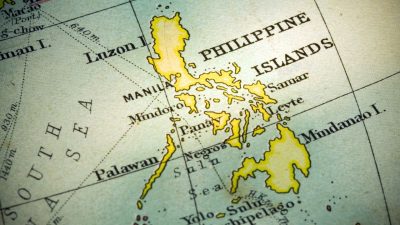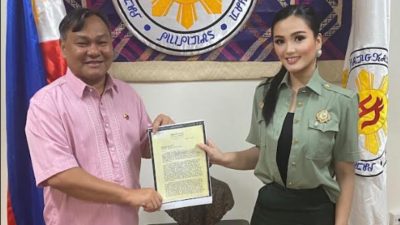MANILA — On this day in Filipino history, December 6, 1896, the legal proceedings against Dr. Jose Rizal commenced as he faced charges of sedition, rebellion, and conspiracy before a Spanish military court.
Dr. Rizal, initially detained in Montjuich Castle, Barcelona, Spain, and later in Fort Santiago, Manila, found himself implicated in the revolution initiated in August 1896 by the Katipunan, led by Andres Bonifacio. The revolution aimed to liberate the Philippines from Spanish colonization.
At the time of his arrest, Dr. Rizal was en route to Cuba, having received permission from the sympathetic Spanish Governor-General Ramon Blanco to serve as a military surgeon amidst the ongoing Cuban revolution against Spain.
Prior to his journey from exile in Dapitan to Manila and then Spain, Dr. Rizal had issued a manifesto disavowing the revolution. He emphasized that the education of Filipinos and the establishment of a national identity were essential prerequisites for freedom.
Arrested during his journey to Spain, Dr. Rizal was imprisoned in Barcelona and subsequently brought back to Manila for trial. He faced charges of treason and being the mastermind behind the revolution. Despite pleading his innocence, he was convicted on all counts of rebellion, sedition, and conspiracy, ultimately receiving a death sentence.
Dr. Rizal had already earned the status of an enemy of the state in the eyes of Spanish authorities due to the publication of his influential novels, “Noli Me Tangere” and “El Filibusterismo.”
His execution took place on December 30, 1896, at Bagumbayan (Luneta), a site later renamed Rizal Park in his honor.
Source: Philippine News Agency archives
(JR AMIGO/AI/MNM)







